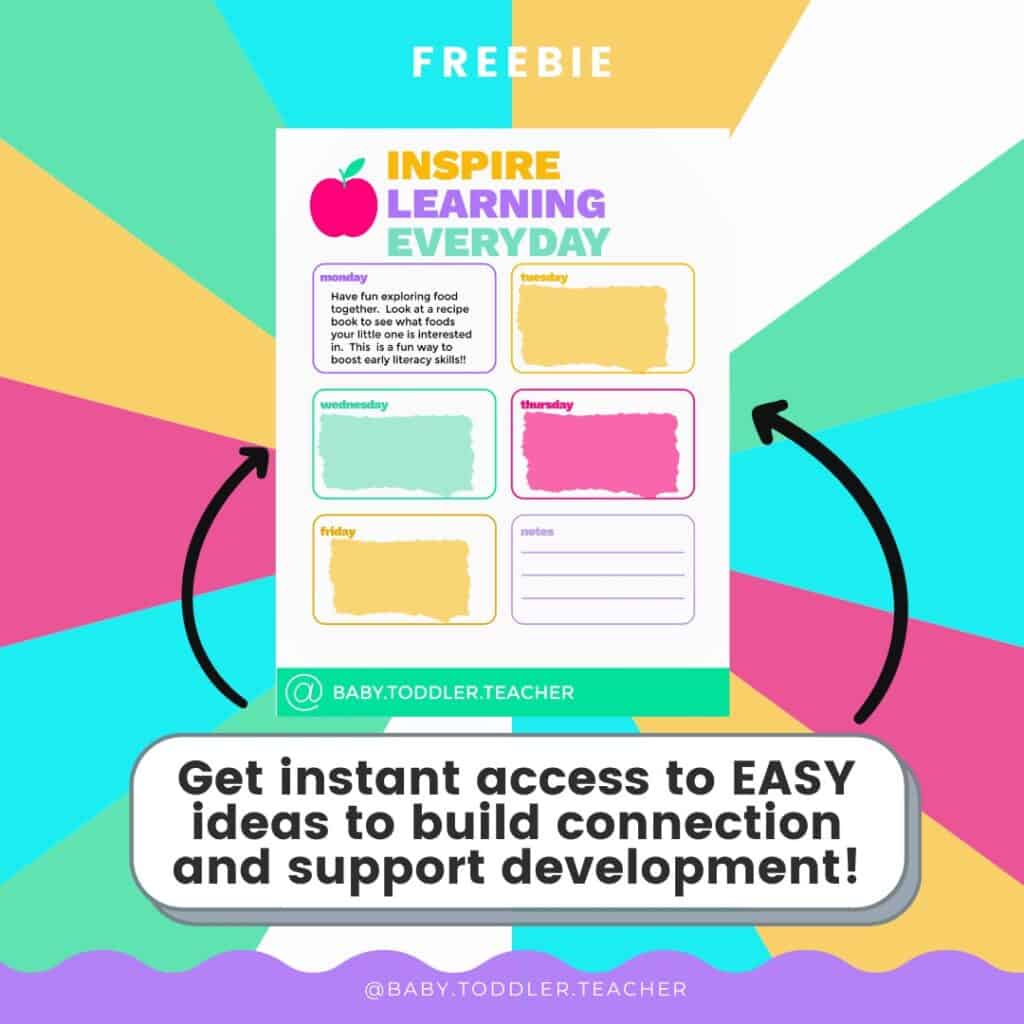Are diaper changes causing you stress?
Dealing with a toddler tantrum can be one of the biggest challenges for any parent.
Especially when you’re trying to keep everything clean during a diaper change!
You’re not alone if you’ve ever had to take a deep breath before approaching this task.
The good news is that there are simple ways to avoid some of these tantrums.
This blog post will share the best solutions to help make diaper changing a peaceful experience for both you and your little one.
So, let’s dive in and turn this potential struggle into a smooth routine.
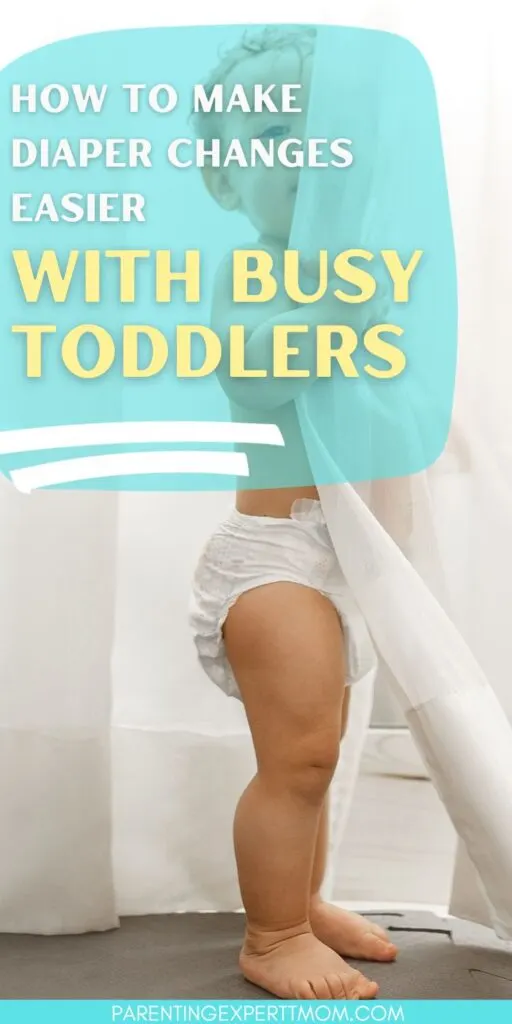
(This post may contain affiliate links. To read our full disclosure policy click here.)
Possible Reasons Your Toddler Hates Nappy Change Time
One of the primary reasons for diaper change tantrums could be that it is simply a phase.
Toddlers go through different stages of development, and this resistance to diaper changes might just be one of them.
The good news is, like all developmental phases, this too shall pass.
Another possibility is the presence of a diaper rash.
Diaper rashes can make diaper changes uncomfortable and even painful, leading to an aversion to the activity.
Always keep an eye out for red, irritated skin, and use a good quality diaper cream to soothe the rash.
If the rash doesn’t clear up or seems severe, it’s worth considering a visit to the pediatrician as it might be a sign of a medical issue.
Interestingly, refusing a diaper change may also be a sign of a power struggle.
At this stage, toddlers are beginning to assert their independence and want to have things their own way.
This newfound sense of control may manifest as resistance to diaper changes, which can be frustrating for both the toddler and the parent.
Lastly, this may even be a sign that they are ready for potty training.
If your toddler shows an interest in the bathroom or starts indicating when they have a dirty diaper, it might be time to introduce the potty.
Remember, navigating through these phases can be challenging, but with a little patience and understanding, this too shall pass.
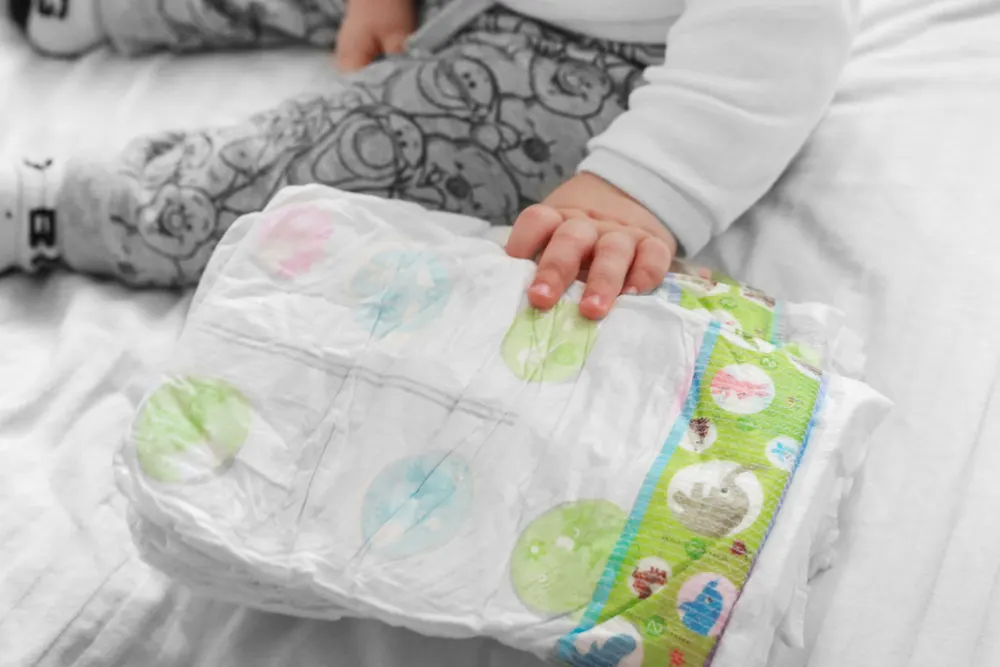
Find Ways for Your Toddler to Participate in Diaper Time
Finding a way for your toddler to participate in diaper changes can make a huge difference in the process.
This is because it gives your toddler a sense of control which can be a big deal for them.
Involving them in the process is not just the best way to pacify them during changes, but it also fosters a mindset shift that diaper change is not something done to them, but something they are an integral part of.
For example, you might let them get the diaper or wipes out.
This not only keeps them busy but also allows them to feel like they’re helping with the process.
Toddlers love to help!
Alternatively, you could let them choose a favorite toy or book to bring with them while they get changed.
This can serve as a distraction and make the process more enjoyable for them.
Here are a few more practical tips to get your toddler involved:
- Let your toddler pick out their diaper. If they have a favorite character or color on their diapers, this can be an exciting part of the process for them.
- If you use cloth diapers, let your toddler help with the snaps or Velcro. They may not get it right, but the involvement can help reduce tantrums.
- You can also encourage them to throw the old diapers in the trash. This not only involves them but also teaches them about cleanliness and responsibility.
Remember, your toddler just wants to feel involved and important. Finding ways for them to participate in diaper changes can lead to a smoother, less stressful experience for both of you.
Add Some Fun to Nappy Changing
Adopting a playful approach to diaper changing times can indeed make them more enjoyable for you and your toddler.
One of the best things you can do is to keep special toys at the changing table.
These are toys that your toddler only gets to play with during diaper changes.
This gives them something to look forward to and keeps them occupied while you handle the task.
Telling them a funny story about their favorite animal is another great strategy.
Not only does this distract them, but it also aids in their language development.
You could weave tales where the animals go on adventures or get into silly situations, making the storytelling session interactive by asking questions and encouraging your toddler to contribute.
In addition to this, never underestimate the power of a silly face or a simple joke.
Such lighthearted antics can turn diaper changes into a time of laughter and bonding.
It becomes less about the diaper change and more about the shared giggle, making the entire process a lot more fun.
Remember, your goal is to turn diaper change time from a chore into a time to connect and engage with your child.
So, let loose, make it fun, and watch the tantrums fade away.
Singing songs during diaper changes can be an excellent strategy to make this routine more enjoyable.
Not only does it bring a joyful atmosphere to what can be a challenging activity, but it also serves as a great way to encourage language development during the toddler years.
Songs often involve repetitive lyrics, which is beneficial to a toddler’s receptive language skills and expressive language development as well.
They start to recognize the rhythm and patterns in language, gradually growing their understanding and vocabulary.
Whether it’s their favorite song that they can’t help but wiggle to, a silly song you’ve made up together, or even a song they choose, music can turn the diaper change process into something to look forward to.
You could even create a special ‘fresh diaper’ song, adding a touch of anticipation and celebration to the act of getting a clean diaper.
Remember, the goal is to keep the tone light, fun, and engaging.
This approach can transform a potential power struggle into a harmonious routine, making diaper changes a more enjoyable experience for both you and your toddler.
Change Location and See What Happens
Changing the location of diaper changes can often work wonders when it comes to managing your toddler’s resistance.
If your child is no longer comfortable or cooperative on the changing table, it may be time to experiment with a different spot.
Consider moving the operation to a more spacious and comfortable area like the living room, where your toddler may feel less confined and more at ease.
Bring along a portable changing pad or a changing mat, which can easily transform any area into a temporary changing station.
You could also use this opportunity to incorporate elements of play, making the environment more inviting and less clinical.
Remember, good diaper changes are those that not only achieve the objective of cleanliness but also foster a positive experience for your child.
By being flexible and creative with the location, you can turn the diaper changing routine into a smooth, hassle-free process, reducing stress for both you and your toddler.
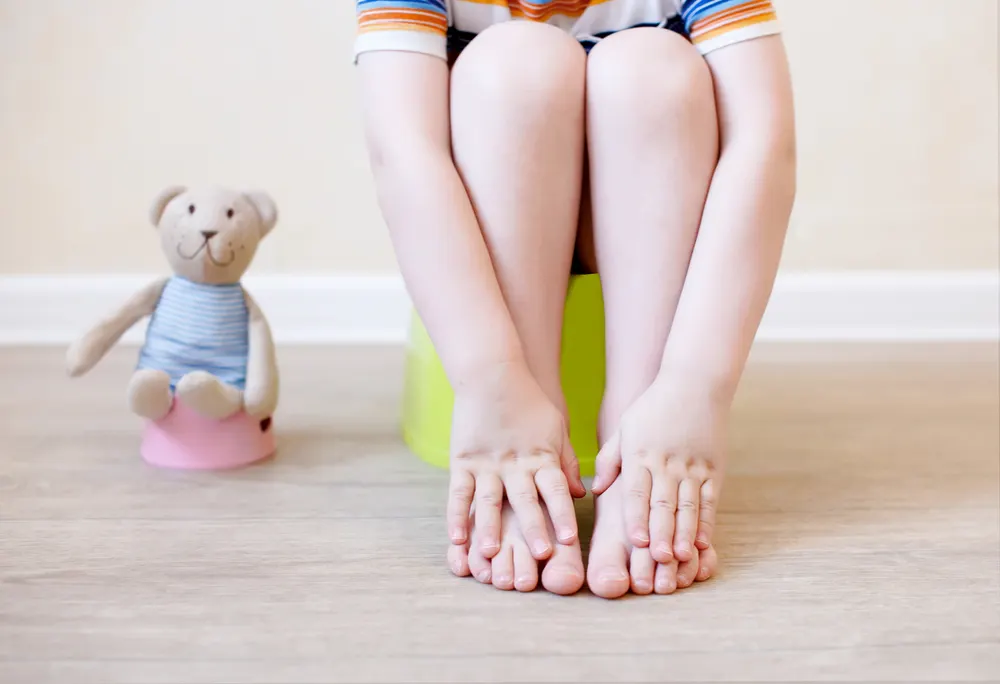
Could They Be Ready for Potty Training?
If your child is consistently resisting diaper changes, it might be a sign that they are ready to start potty training (you can read all about how to do that with my e-book here.)
Toddlers often express their independence by fighting diaper changes, especially when they are uncomfortable in a wet or poopy diaper.
One of the best ways to ease into potty training is to offer your child a choice at every diaper change: would they prefer to wear underwear or a diaper?
This simple question allows them to make their own decisions, providing a sense of control and autonomy.
It’s a gentle introduction to the concept of using the toilet, while still giving them the safety net of diapers if they aren’t quite ready.
This might seem like a small step, but for a toddler, it’s a big leap towards independence.
The entire diaper change process can become less of a hard time and more of an empowering experience.
Over a couple of weeks, you might find that your toddler is choosing underwear over diapers more frequently.
This gradual transition can make potty training a less daunting process for both you and your child.
Remember, every child is unique, and their readiness for potty training will happen at their own pace.
Offering a choice between underwear and a diaper is an encouraging starting point on this journey.

Grab your FREE Milestone Guide HERE.
Good Luck with Your Next Diaper Change!
In conclusion, tackling the temper tantrums that often accompany diaper changes requires creativity, patience, and a willingness to try new things.
Turning this daily routine into an opportunity for play, storytelling, music, or even a change of location can transform a challenging task into a joyful bonding time.
Remember, the goal is a successful toddler diaper change that is stress-free and even fun for both of you. When resistance continues to surface, it might just be a sign that your toddler is ready to take the big leap toward potty training.
With the right approach, the path from a dirty to a clean diaper can become an empowering journey towards independence.
Good luck with your next diaper change – may it be a positive experience filled with laughter, learning, and love.
Frequently Asked Questions
It’s common for one-year-olds to resist diaper changes, as they are becoming more independent and may view the process as a disruption to their playtime. They may also be feeling uncomfortable in a wet or dirty diaper. It’s important to try different strategies, such as including fun activities or changing locations, to make diaper changes a positive experience for your child.
Try incorporating fun elements into the diaper changing routine, such as singing songs or playing peek-a-boo. You could also give your child a sense of control by offering choices, such as which diaper to wear or where to have the change take place. It’s also helpful to remain calm and patient, as your child can sense when you are feeling stressed.
Every child is different and may show signs of readiness at different ages. Some common indicators include being able to follow simple instructions, expressing interest in the toilet or wearing underwear, and staying dry for longer periods. It’s important to not rush potty training and to approach it with patience and understanding.
Related Posts You Will Enjoy
Turn Taking Activities for Toddlers
Everything You Need to Know About Toddler Cognitive Development
The Best Independent Activities for Toddlers
What You Need to Know about the Two Year Old Sleep Regression
Easy and Fun Early Literacy Activities for Toddlers
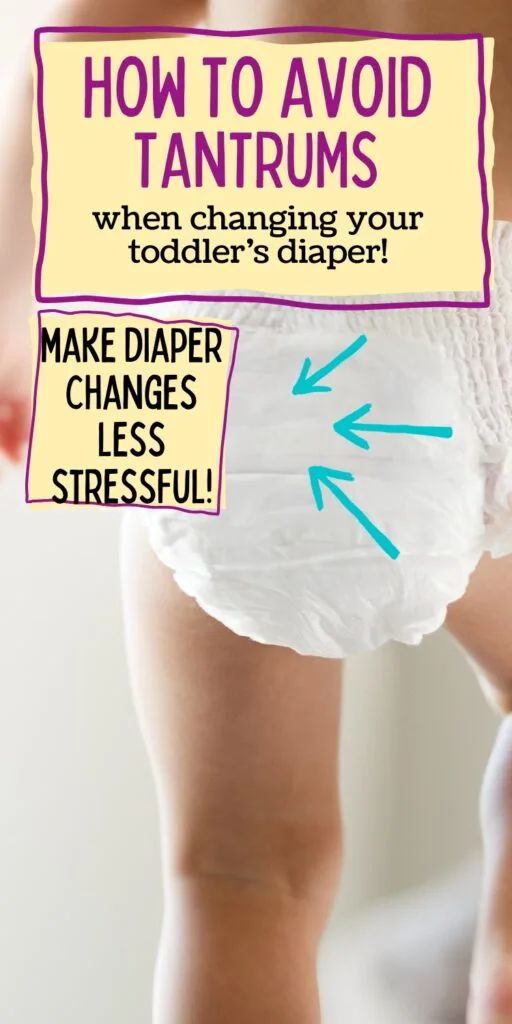

Kayla O’Neill has a master’s degree in education as well as a bachelor’s degree in special education with an emphasis in early childhood education. She has been working as a developmental therapist with babies and toddlers in early intervention since 2012. She is also a mom with two young children.
